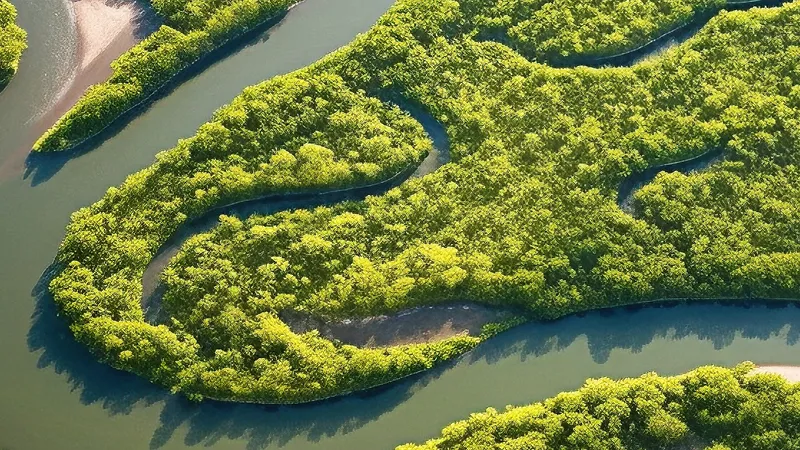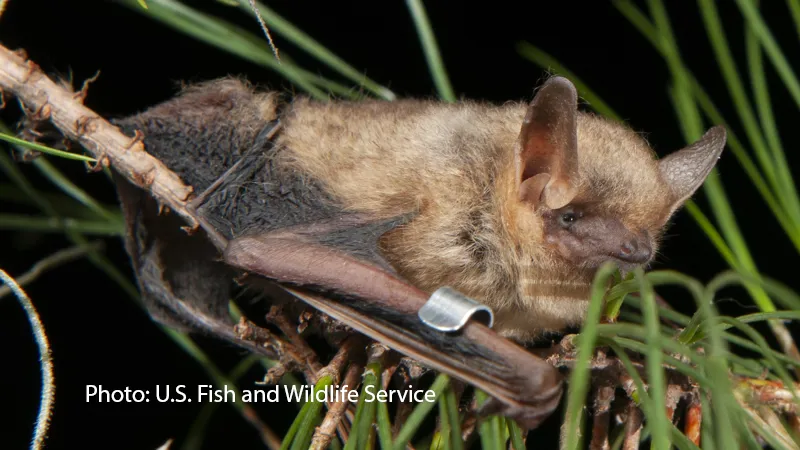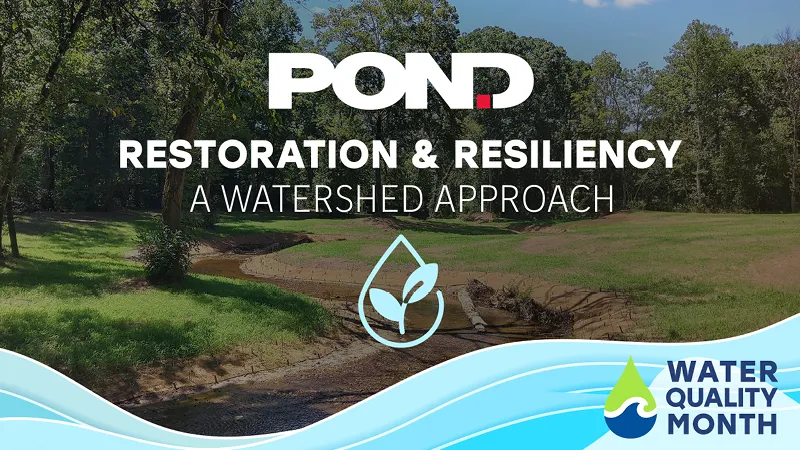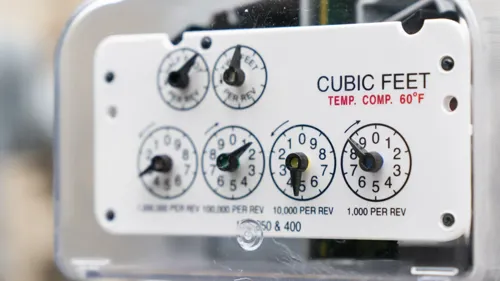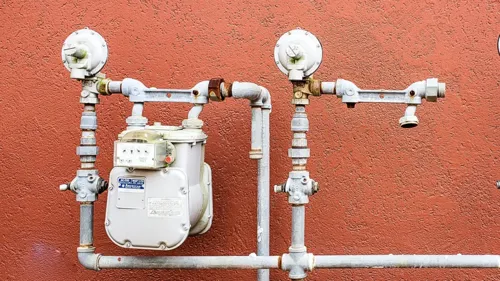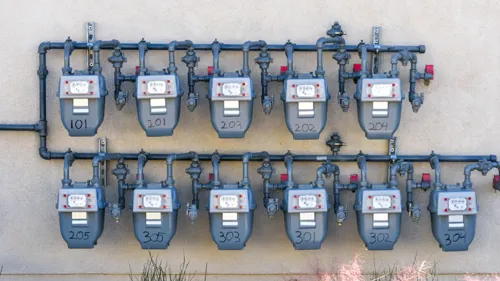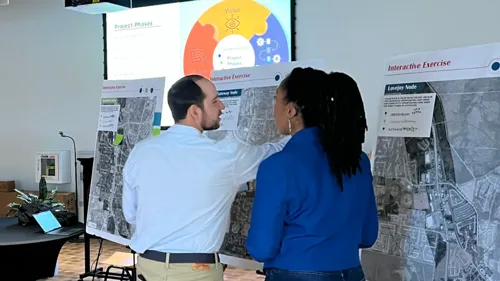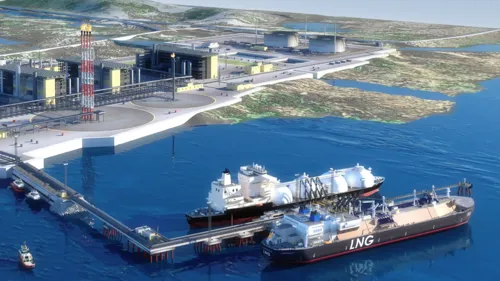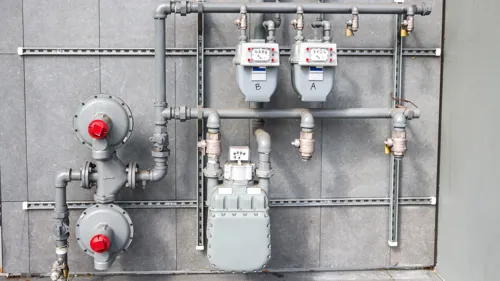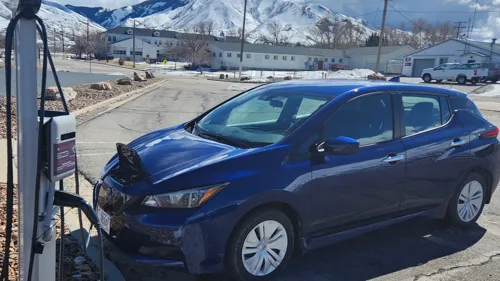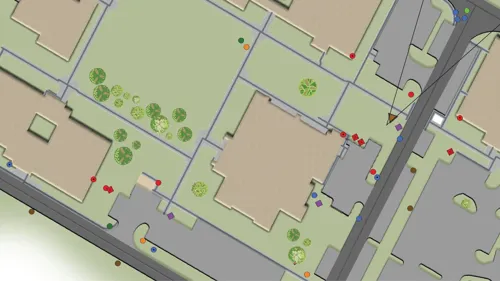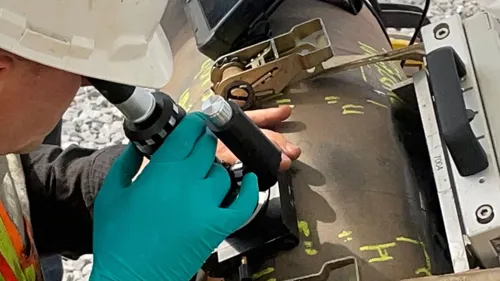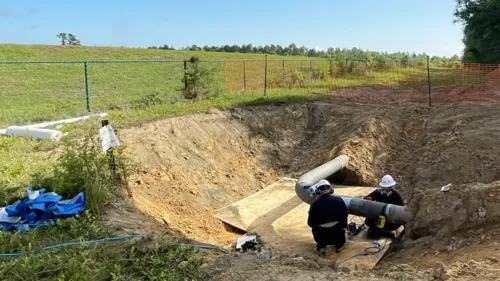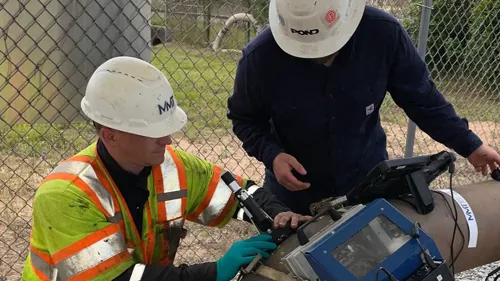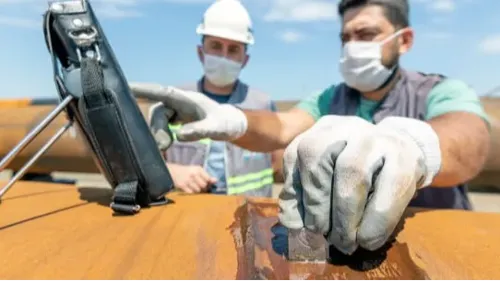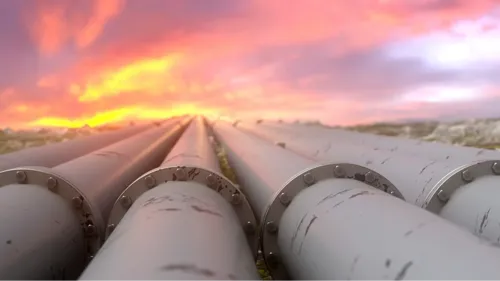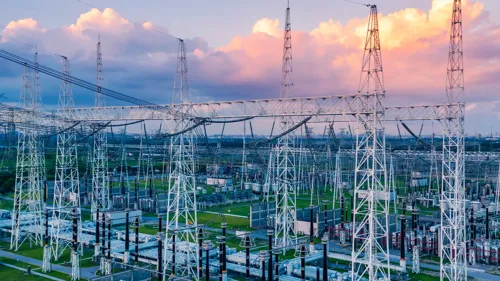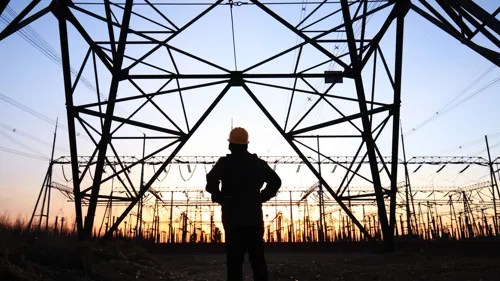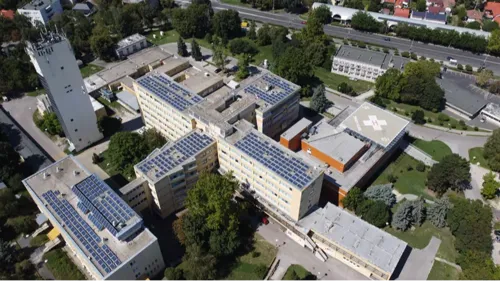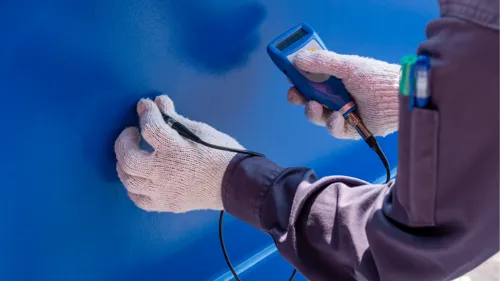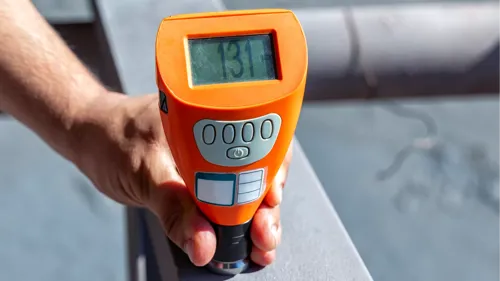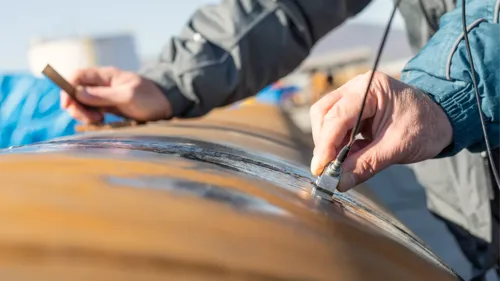Mega Rule: Enhancing Safety Through Pipeline Inspection
Author:
Andy Lawton | Principal - Vice President | [email protected]

Implemented by the Pipeline and Hazardous Materials Safety Administration (PHMSA), the Mega Rule is a comprehensive set of regulations designed to improve the safety of onshore gas transmission pipelines. The regulations are in response to a culmination of fatal pipeline failures, most notably the San Bruno explosion in 2010 which resulted in eight deaths and damages costing $2.8 billion. In compliance with PHMSA’s Mega Rule, comprehensive pipeline inspections will reduce the frequency of failures within the pipeline system and help prevent costly disasters from occurring in the future.
The Mega Rule is broken down into three parts:
- Part 1 focuses on the safety of gas transmission pipelines, addresses maximum allowable operating pressure (MAOP), record-keeping requirements and ensures material strength properties are verified by operators.
- Part 2 introduces new guidelines about integrity management, updated requirements for high consequence areas (HCAs) and non-HCAs, and expectations for operators following extreme weather events and natural disasters.
- Part 3 expands certain safety requirements to all onshore gas gathering pipelines, regardless of size or location.
Pipeline inspections are crucial for ensuring the safety of gas transmission, mitigating risk, and protecting the public and surrounding environment. Proper pipeline maintenance involves a comprehensive four-prong approach:
- Detection
- Inspection
- Repairs
- Prevention
Detection
The federal leak detection standards for gas pipelines have remained largely unchanged until the PIPES Act was signed on December 27, 2020. Historically, leak detection regulations have prioritized public safety risks posed by large-volume gas leaks. However, current regulations can mean smaller leaks go undetected and unrepaired for extended periods of time. Other shortcomings of the current regulations include vague language and untimely identification of leaks which can have significant impacts on the environment and public safety. Common methods of detection include:
- Hand-held equipment — surveying equipment such as flame ionization detectors (FID), infrared gas detectors, and optical gas imaging (OGI) devices can be used to conduct walking surveys.
- Automobile equipment — similar equipment used in walking surveys can be mounted to cars to survey pipelines with adequate road access. Highly sensitive gas detectors, GPS sensors, and advanced analytics can enhance the capabilities of vehicle-based leakage surveys.
- Aerial sensors — this involves gas detection equipment mounted on aircraft, unmanned aerial systems (UAS), or satellites and is often used for continuous monitoring.
Once the detection provides evidence of a failure the inspection process begins.
Inspection
In the inspection phase, pipelines are assessed for integrity threats. Pipeline inspection tools vary depending on the type of pipe and the threat to be evaluated. Pipelines often use a device called a Pipeline Inspection Gauge (PIG) for In-line Inspection (ILI) surveys. The device travels through the inside of a pipeline to measure changes in pipe wall thickness and detect flaws in the pipeline wall and welds. The information obtained through pigging is used to make necessary repairs and give pipeline operators a better understanding of how to prevent damage in the future.
If a pipeline is “unpiggable”, meaning it cannot be inspected via ILI, then operators have other assessment methods, such as direct assessment. During a direct assessment, operators can identify threats such as external corrosion, internal corrosion, and stress corrosion cracking. These direct assessment methods utilize forms of indirect surveys to locate the most likely locations of the defect for direct examination.
Repairs
Repairs need to be made when a defect is found during the direct examination process. These defects can be both dangerous and disruptive to service, so it’s imperative that repairs are prompt and effective. Grinding and filing are two options for mending minor anomalies or surface damage. For larger repairs, a pressure-containing or structural reinforcement sleeve is often used, which may be made of a composite or steel material. The sleeve provides an extra layer of protection to the pipeline to prevent an area of corrosion or damage from causing a rupture or leak. Pipelines are ideally designed to last approximately 50 years before needing to be replaced; however, if maintained properly, some components can last even longer.
Prevention
Preventing costly pipeline accidents requires a multi-faceted approach with consideration of the pipeline’s design, construction, inspection and maintenance. A robust design ensures the pipeline can withstand the expected operating pressure, accounting for temperature and environmental changes, and extend a pipeline’s life. Quality construction of the pipeline adheres to PHMSA’s standards regarding material selection and proper installation. Rigorous inspections are conducted throughout construction to identify any corrosion or potential defects. Integrity management programs are implemented to ensure operators properly maintain the pipeline’s strength, reliability and safety of the pipeline.
What We Do
Pond provides full-service consulting for Mega Rule compliance including design, risk assessments, corrosion controls, direct assessment, turn-key ILI services, and field services. Our team of experts works with operators to meet the regulatory requirements that ensure public safety, environmental protection, and responsible asset management. Learn more about Pond’s Mega Rule compliance services.
